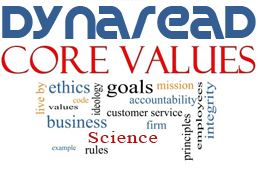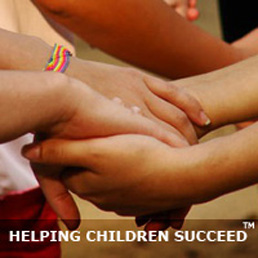A relatively simple model of the phonological loop (A. D. Baddeley, 1986), a component of working memory, has proved capable of accommodating a great deal of experimental evidence from normal adult participants, children, and neuropsychological patients. Until recently, however, the role of this subsystem in everyday cognitive activities was unclear. In this article the authors review studies of word learning by normal adults and children, neuropsychological patients, and special developmental populations, which provide evidence that the phonological loop plays a crucial role in learning the novel phonological forms of new words. The authors propose that the primary purpose for which the phonological loop evolved is to store unfamiliar sound patterns while more permanent memory records are being constructed. Its use in retaining sequences of familiar words is, it is argued, secondary.
Baddeley, Alan; Gathercole, Susan; Papagno, Costanza. (1998). The phonological loop as a language learning device. Psychological Review, Vol 105(1), p.p 158-173.

![]() Our Dynaread team members are required to hold themselves accountable for serving our clients in adherence with our core values...
Our Dynaread team members are required to hold themselves accountable for serving our clients in adherence with our core values...
Contribute with scientific and overall integrity.
Retain the focus on the needs of each individual child.

Dynaread has been developed in the trenches of actual remediation, with our feet firmly planted on the ground. Scientific research is essential (and we consistently use it), but we also understand the realities at home and in school. Not all homes have two parents, not all Dad's or Mom's are always home, there is oftentimes no money, schools lack staff or funding. We listen, we observe, we discuss, and we build the best solutions we can for older (ages 7+) struggling readers.
